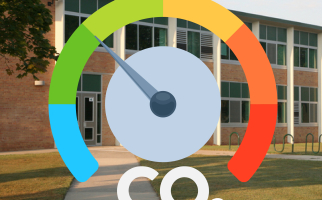
Carbon Dioxide: Outdoors and Indoors
Backgrounders
Learn about the importance of carbon dioxide, its sources and how people control it indoors.
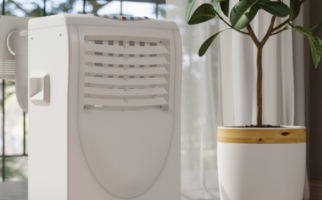
Humidity: Outdoors and Indoors
Backgrounders
Learn about the importance of humidity, its sources and how people control it indoors.

Auroras: Spectacular Light Shows
Backgrounders
Learn about auroras - spectacular light shows in the night sky.
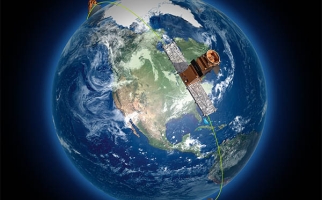
7 ways Satellites Help Fight Climate Change
Backgrounders
Discover 7 ways satellite Earth observation helps fight climate change.
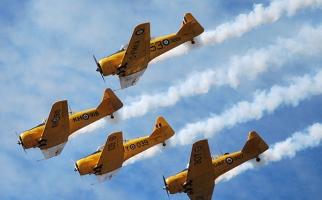
How Planes Fly
Backgrounders
Learn about what gets planes up in the air, what keeps them up there, and what brings them down again.

Weather: Atmospheric Pressure
Backgrounders
Learn about the layers of the atmosphere, atmospheric pressure, pressure systems and fronts.
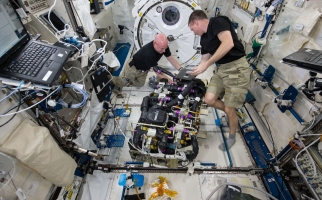
Carbon Dioxide on Earth and on the ISS
Backgrounders
Carbon dioxide is an important part of the air on Earth and in space. What is carbon dioxide? How is it measured? How can it affect us mentally and physically?
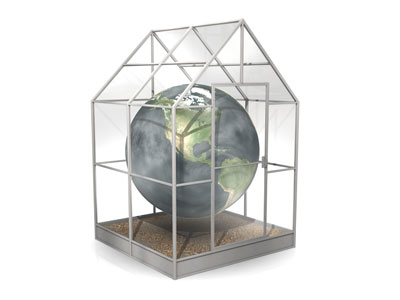
What is the Greenhouse Effect?
Hands-on Activities
Explore the greenhouse effect and learn about the impacts it can have on the environment.
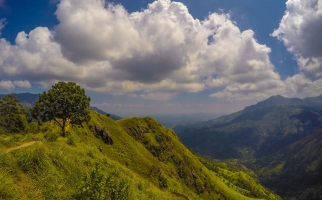
Weather: Cumulus Clouds
Picture Collections
5 images of cumulus clouds that are white, puffy clouds with a flat base at mid level and are often associated with fair weather
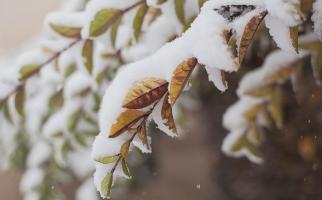
Weather: Snow
Picture Collections
10 images of some snowflake crystals and some winter scenes with snow
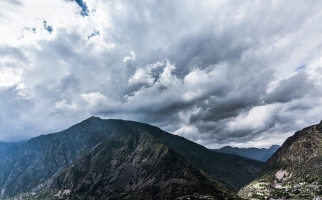
Weather: Stratus Clouds
Picture Collections
5 images of stratus clouds that cover a wide horizontal layer in the sky at low level and are often associated with rain or drizzle

Tools: Weather Instruments
Picture Collections
15 images of various instruments such as rain gauges, wind vanes and weather satellites used to inform us about the weather
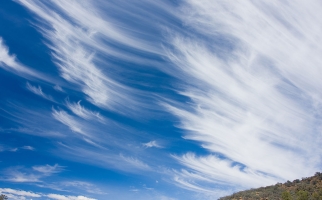
Weather: Cirrus Clouds
Picture Collections
5 images of cirrus clouds that are wispy or feather-like clouds at high level, made of ice crystals and may indicate an approaching storm
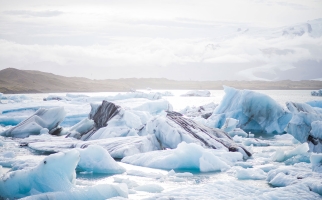
Weather: Conditions
Picture Collections
11 images that illustrate some daily weather conditions such as cold, hot and windy

Is There Too Much Carbon Dioxide in Your Classroom?
STEM Explained
Did you know that too much carbon dioxide in the classroom can affect your body, and even your grades?